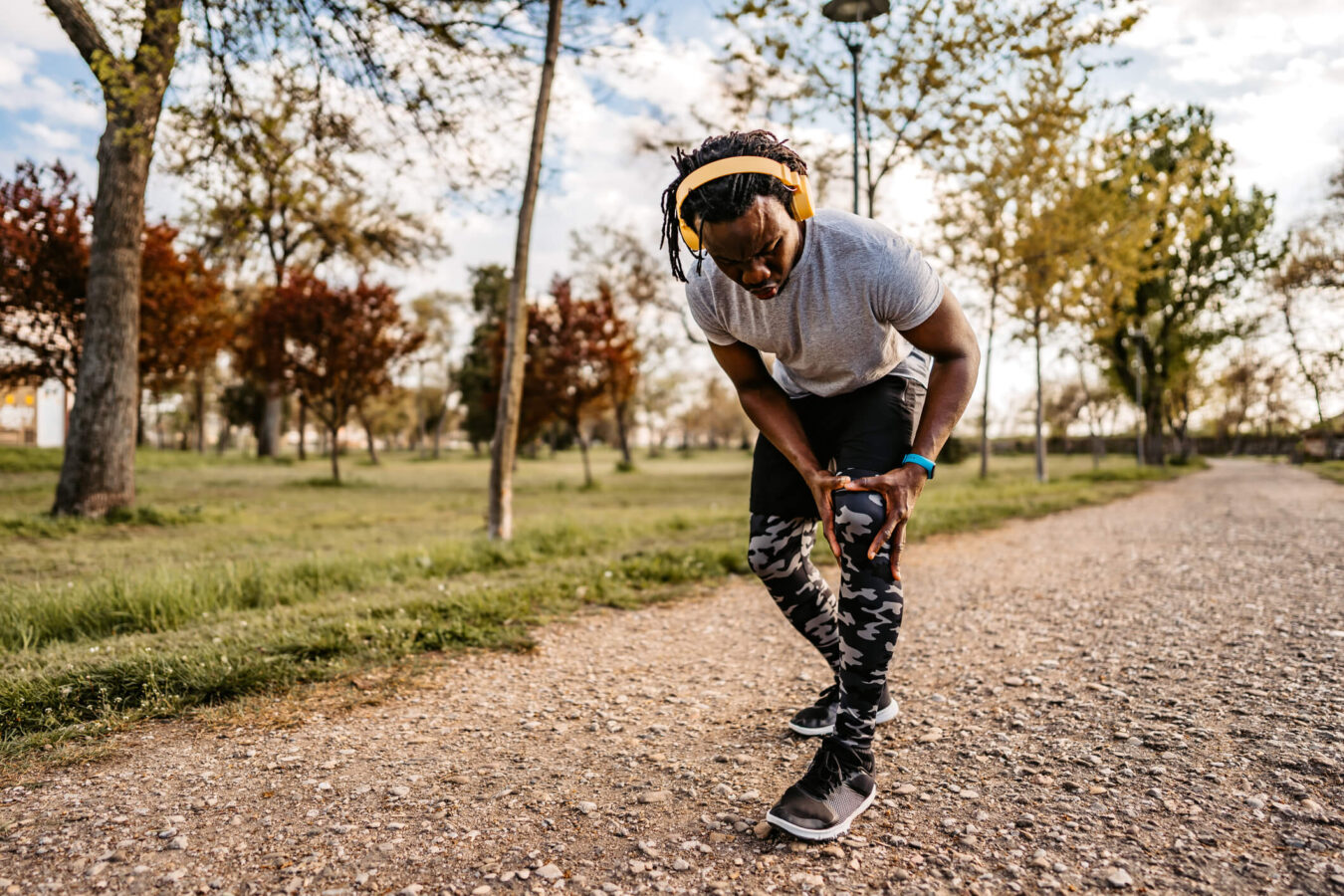
Medically reviewed by Misty Seidenburg
The human body is uniquely designed to adapt to increasing loads over time. Our bones, muscles, and connective tissues get stronger as the intensity of physical activity gradually ramps up. Gradually is the key word here. If you go too hard too soon—without giving your body the chance to adapt—you increase your risk of painful overuse injuries.
An overuse injury is a microtrauma to a muscle, ligament, tendon, or bone caused by overtraining or repetitive demands on the parts of the body over a long period of time. Unlike an acute injury that happens suddenly, you may not realize you have an overuse injury until it has already occurred.
Overuse injuries in children are becoming more common, especially as we are seeing young children playing competitive travel sports that require year-round training.
Their developing bodies may not be equipped to handle the stress of repetitive throwing, kicking, running, and arm and hand motions. Repetitive stress injuries can impact the growth plates as well as lead to long-term injuries that are not easily treated.
While overuse injuries are common in athletes who perform the same motions over and over, anyone who frequently repeats the same movements is at risk. Whenever you place an excess load on the body without giving it time to break down and rebuild the affected tissues, you can damage these structures.
Many overuse injuries are work-related, affecting people who perform the same physical tasks throughout their day. People who spend a lot of time typing or using a mobile phone and other tech devices can also develop overuse injuries of the hands, wrists, and arms.
There are a few more factors that increase the risk of overuse injuries:
Stiffness and/or soreness in the affected tissues are typically the first signs of microtrauma. You may notice these symptoms the day after activity, and they may dissipate when you resume activity again.
If you continue to aggravate your injury and cause more damage, you might experience:
Overuse injuries not only cause physical symptoms. They can impact one’s ability to do the sports and activities that enhance their overall quality of life. Whether that is a high-level competitive sport, or a hobby like sewing or gardening, treating and preventing repetitive strain injuries is essential for returning to activity safely and avoiding permanent impairment.
Overuse injuries can affect nearly every part of the body. Here are some of the most common repetitive stress conditions we see in the physical therapy clinic:
This list of overuse injuries is far from complete. Always see your healthcare provider and physical therapist if you have pain, stiffness, or other unusual symptoms.
Now, let us focus on how to treat and prevent repetitive strain so you can stay injury-free while you work, train, and play.
Take time off from activities that engage the injured parts of your body and aggravate your condition. You won’t be down for long. Recovery does involve some exercise. But it is important not to cause further damage to an existing overuse injury.
(Note: some stress fractures and more severe overuse injuries require longer periods of strict rest. Always follow your healthcare provider’s guidance in this regard.)
The emerging approach to treating soft-tissue injuries shifts the focus from ice and anti-inflammatory medications that may interfere with tissue recovery.
The PEACE and LOVE treatment protocol focuses on elevation, compression, and gradually increasing load in stages. Talk to your healthcare provider and physical therapist if your symptoms don’t improve or they get worse with at-home care.
After an overuse injury, you may be hesitant to resume your sport or exercise program. It is natural to be concerned about reinjury. Physical therapy is ideal for patients who are recovering from a repetitive stress condition or want to be proactive about preventing them.
Physical therapists are “movement experts” with unique insight into how the body’s muscles, bones, and connective tissues function together. They identify issues with form, mechanics, technique, and posture that increase the risk of injury.
They help you manage current symptoms and introduce stretching and strengthening exercises to prevent them from recurring. Together you and your physical therapist will introduce physical activity and load at a safe, gradual pace that gives your body time to adjust.
Treating overuse injuries takes time. Your injured tissues can take several weeks to months to heal completely. Your physical therapist helps you stay focused, patient, and positive every step of the way.
Cross-training is essential for all-around strength and for maintaining that fitness during your recovery period. Variety in your workouts allows you to work all the muscles throughout your body, using them in different ways to prevent injuries.
Prepare the body for activity with sport-specific dynamic stretches to increase your flexibility, range of motion, and coordination. After your workout, take time to cool down with static stretches. These are also beneficial for increasing the range of motion and decreasing the chance of muscle strain and stiffness.
In some cases, improper equipment can place undue stress on certain body structures. For example, soccer players who don’t wear supportive, well-fitted cleats may be more prone to stress fractures. If the cleats aren’t effective at absorbing some of the shock of movement, that force is transferred to the muscle.
If the muscle becomes fatigued, that force is transferred to the bone which can crack under the pressure. Always use the right equipment for your activity to make sure you are easing the stress on your body.
Pain is your body’s way of sending a message that something is wrong. Listen to your body’s cues and never try to push past the pain. If symptoms continue, make an appointment with your healthcare provider and schedule a physical therapy evaluation for an accurate diagnosis and plan for rehabilitation. Find a physical therapy clinic near you.

